Posts Tagged "Summer"
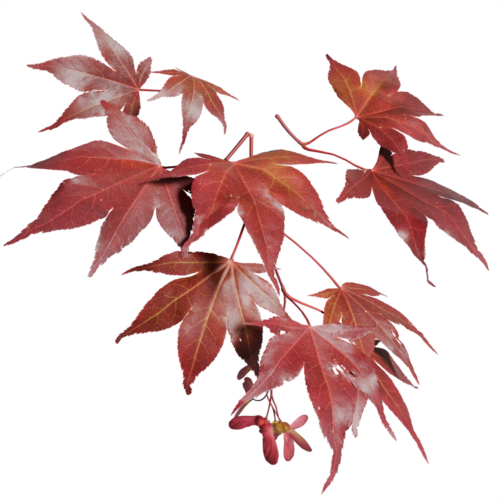
Japanese maple ‘Atropurpereum’
Acer palmatum ‘Atropurpureum’ – a cultivated variety of the Japanese maple tree, with deeply colored purple-red leaves. This slow grower is a wildly popular garden tree.
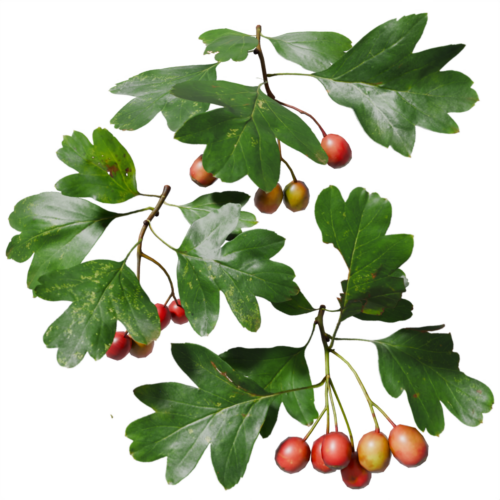
Woodland hawthorn
Crataegus laevigata – a small tree from the rose family, hawthorn is closely related to apple trees. With abundant white flowers that later develop into clusters of red fruit.
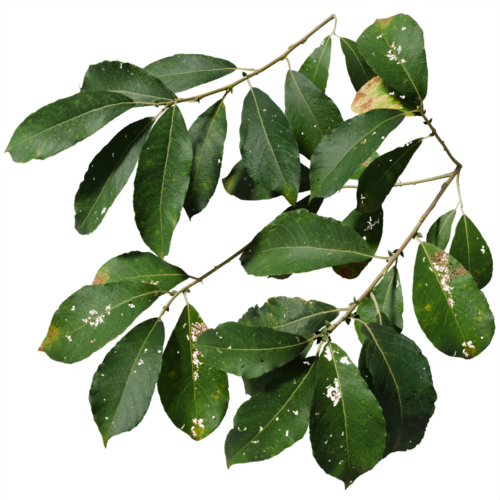
Goat willow
Salix caprea – goat willow is a rather inconspicuous tree, with no flashy flowers, fruit or autumn colors. It’s a modest tree that dots the landscape with touches of green.
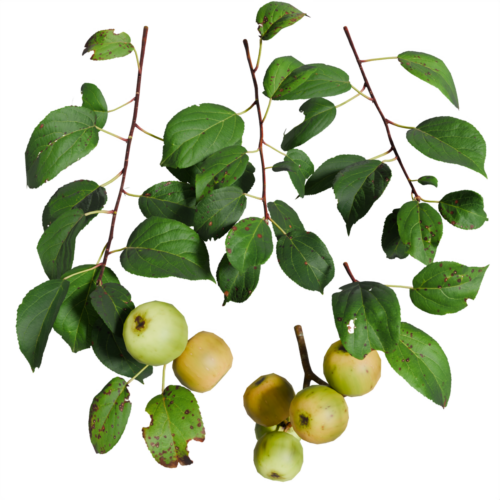
Wild apple
Malus sylvestris – now very rare, wild apples were once abundant along the edges of forests throughout Europe, bearing fruit significantly smaller than that of cultivated apples.
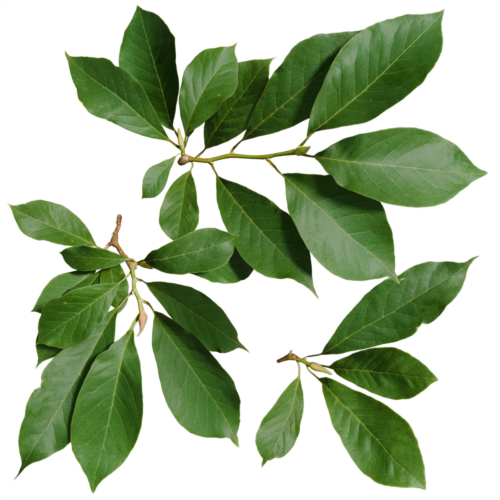
Saucer magnolia
Magnolia X soulangeana – the bold display of flowers and lasts only a couple of weeks, followed by an equally impressive foliage which is almost tropical in appearance.
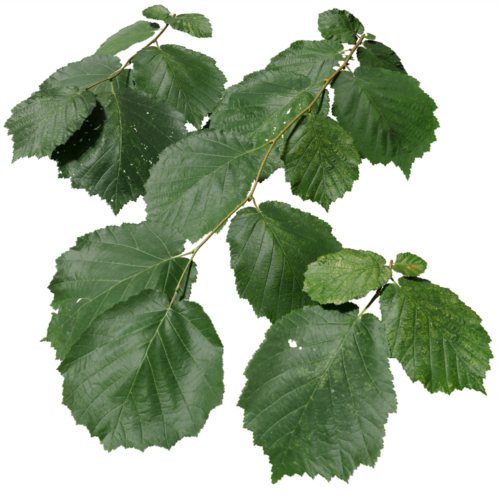
Hazel
Corylus avellana – a small tree from the birch family that grows the tasty hazelnuts. Hazels are often coppiced, to develop a small, dense tree with multiple trunks.
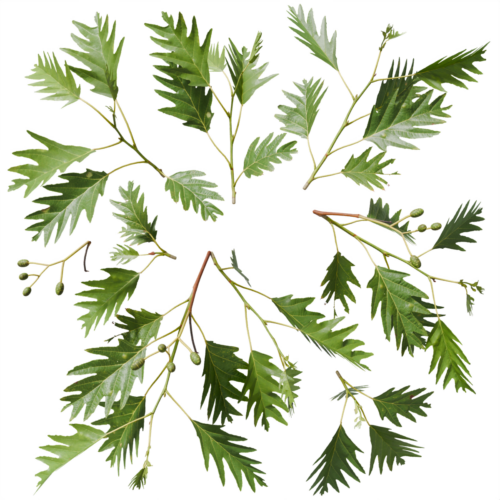
Cut-leaved alder
Alnus glutinosa ‘Laciniata’ – a natural variation of the black alder tree with deeply cut leaves. The fine feathery foliage is light and airy, making it a subtle tree ideal for city streets.
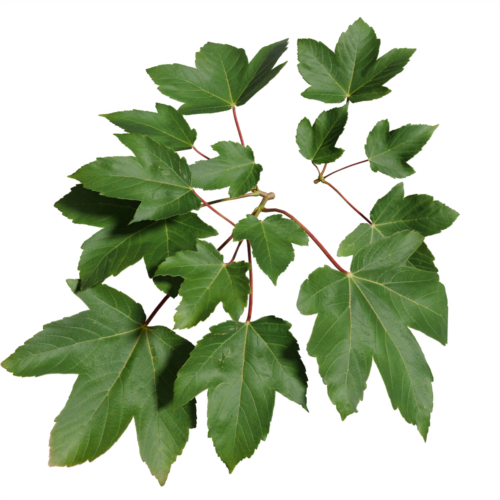
Sycamore maple
Acer pseudoplatanus – dark green leaves are contrasted by long red leaf stalks, it’s a healthy looking tree that grows an impressive wide crown of foliage.
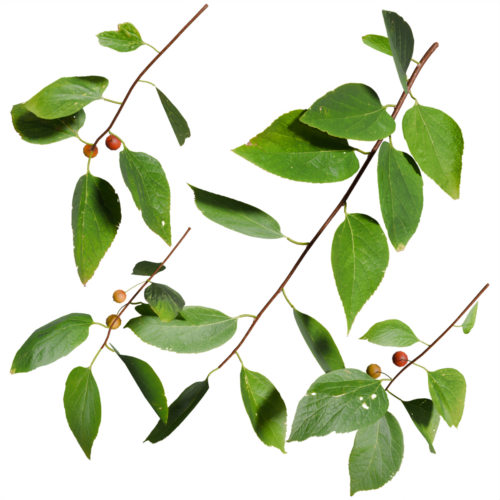
Hackberry
Celtis occidentalis – along with each leaf also grows a berry that turns from green to orange to a dark purple-brown color when ripe. This small fruit has a surprising taste.
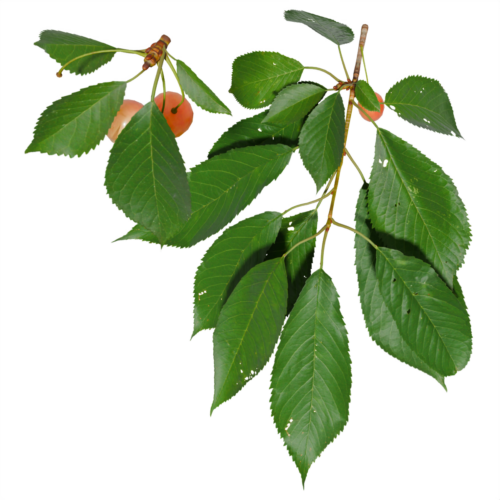
Sweet cherry
Prunus avium – a big tree from the rose family, this is the tree that produces the well known cherry fruit.
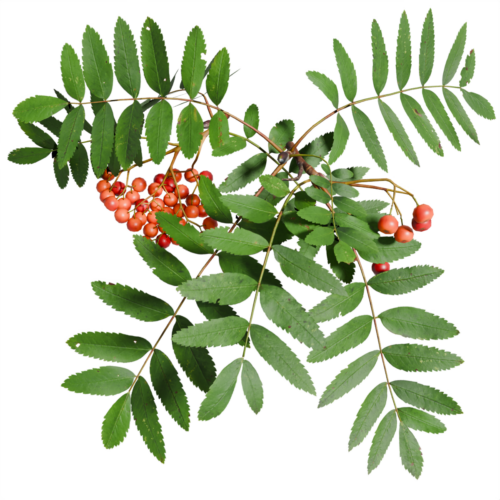
Rowan
Sorbus aucuparia – rowans are relatively small trees, investing most of their energy in producing plentiful clusters of red fruit that are the favorite food of many birds.
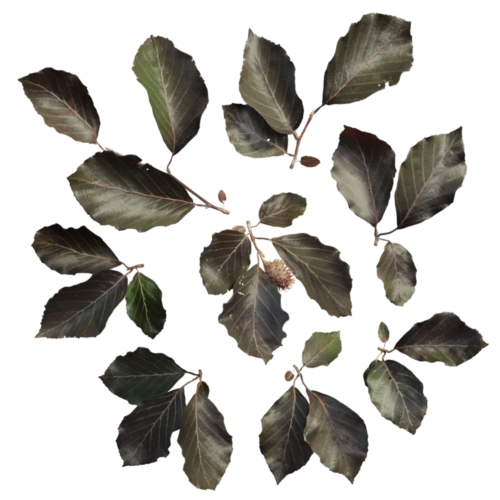
Purple beech
Fagus sylvatica ‘Purpurea’ – purple beeches are used to steel the show. They are planted as solitary trees in big parks or stately gardens.
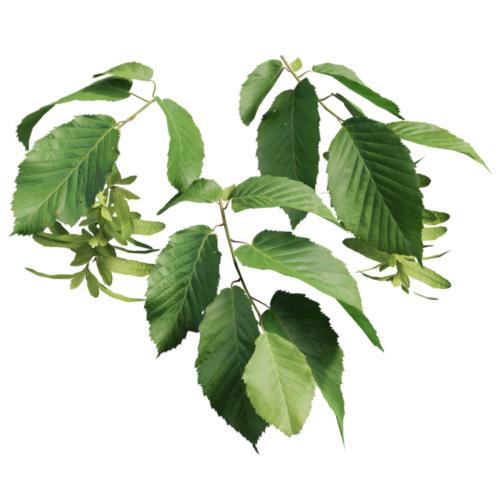
European hornbeam
Carpinus betulus – hornbeam stands out with its abundance of winged fruit. The bright green color contrasts with the darker green of the sharply detailed leaves.
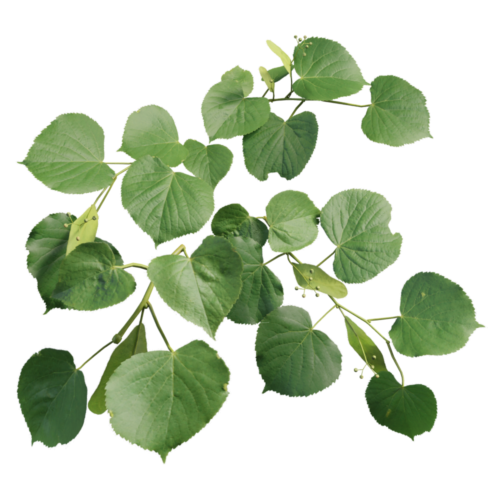
Small-leaved linden
Tilia cordata – an elegant species of linden tree with small leaves, just one third the size of common linden, giving this tree a very fine appearance.
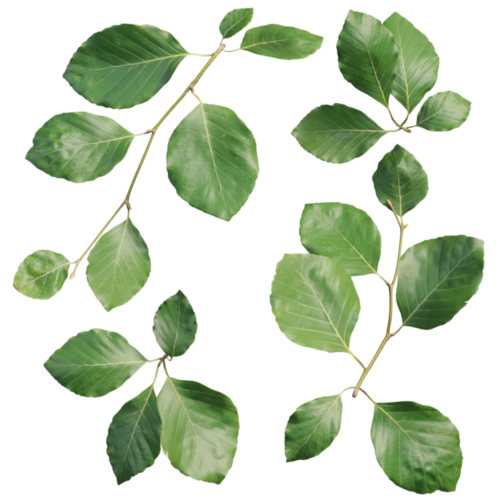
European beech
Fagus sylvatica – a majestic forest tree. Impressive branches fluently branch into broad fans of leaves. Beech trees are often used as ornamental trees in parks and large gardens.
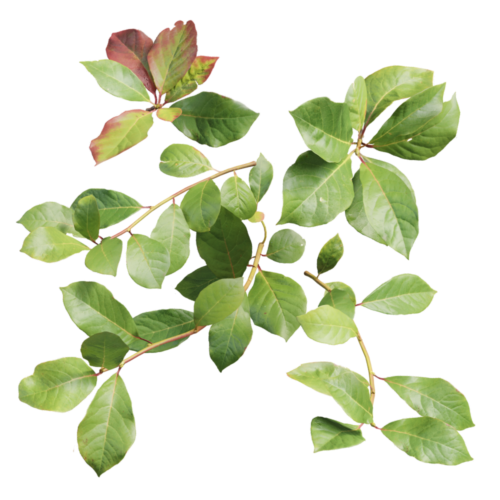
Black tupelo
Nyssa sylvatica – black tupelo found its home in wet areas across Eastern North America. Before dropping their leaves, they turn to attractive orange-red autumn colors.
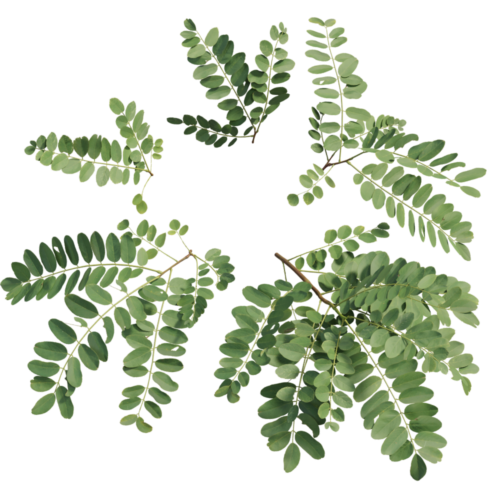
Robinia
Robinia – a cascading waterfall of tiny leaflets, this tree from the pea family is something else completely, and adds to the diversity of trees in temperate climates.
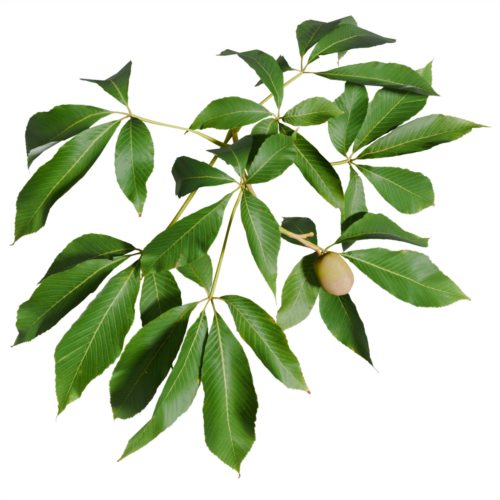
Yellow buckeye
Aesculus flava – a North American relative to the horse chestnut, with large palmately compound leaves. A bold tree with bold leaves and bold fruit.
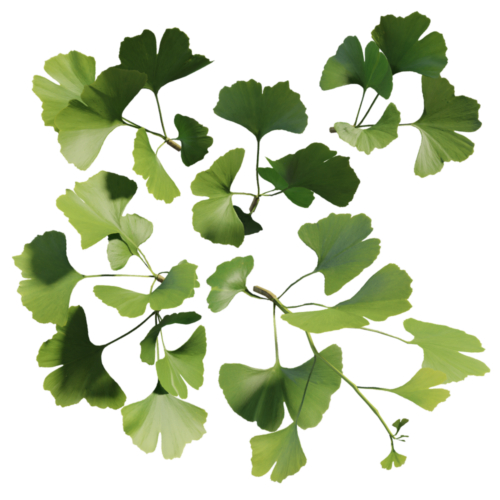
Ginkgo
Ginkgo biloba – a living fossil and the only remaining species in a ancient family of trees dating back hundreds of millions of years.
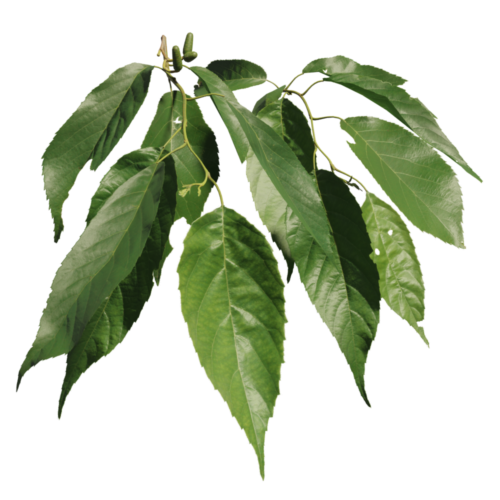
Spaeth alder
Alnus X spaethii ‘Spaeth’ – a strong and fast growing tree. Its main feature are the long, dark green leaves that have a nice shine to them. Even better, these leaves stay green for a long time in fall.
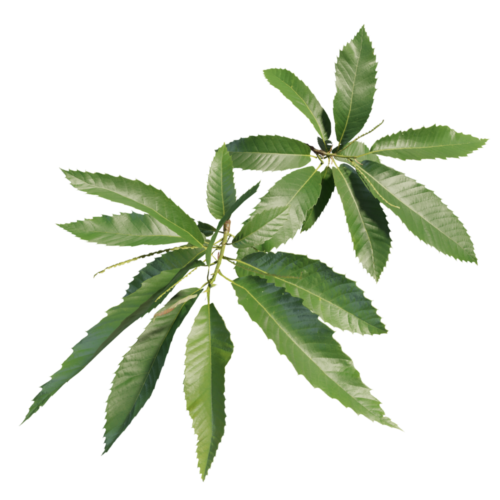
Sweet chestnut
Castanea sativa – a proud member of the beech family. It produces the well-known chestnuts, an edible fruit. Sweet chestnut trees have attractive dark green foliage clustered into pointy fans.
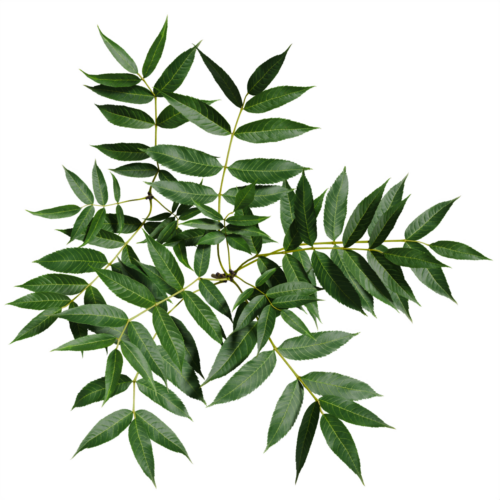
Ash
Fraxinus excelsior – true to its name, the ash excels in growing powerful new branches, but many of these are lost in winter, eventually resulting in an airy tree. The most eye-catching part of ash trees are their compound leaves.
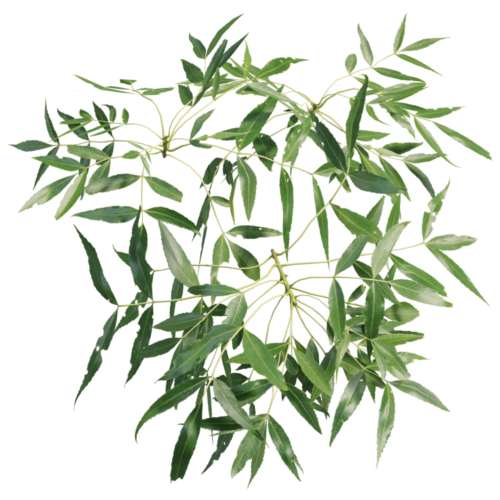
Narrow-leaved ash
Fraxinus angustifolia – narrow-leaved ash is closely related to olive. The feathery appearance makes it an airy tree that feels distinctly Mediterranean, and this is where it mostly grows naturally.
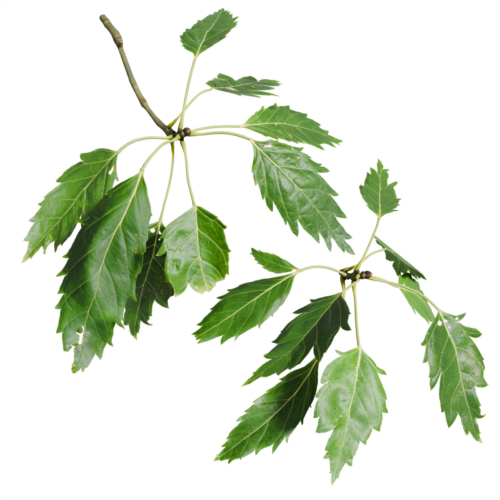
One-leaved ash
Fraxinus excelsior ‘Diversifolia’ – one-leaved ash is a quite rare, but beautiful and airy tree. This variety’s leaf is completely different from the regular ash leaf that consists of up to 11 small leaflets.
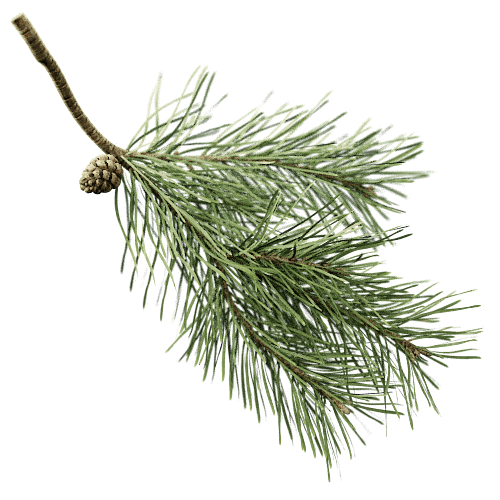
Scots pine
Pinus sylvestris – Scots pine is a tree that you can find all over Europe and all the way to the colder parts of Eastern Asia. Given its name, it comes as no surprise that this is the national tree of Scotland.
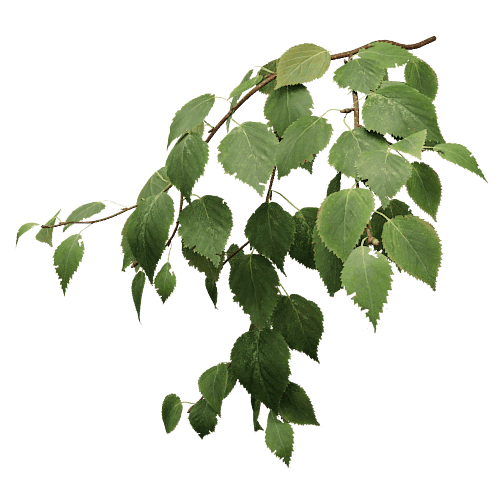
Paper birch
Betula papyrifera – Paper birches have an attractive white bark, with flaky white sheets resembling sheets of paper. Its fall color is an intense yellow.
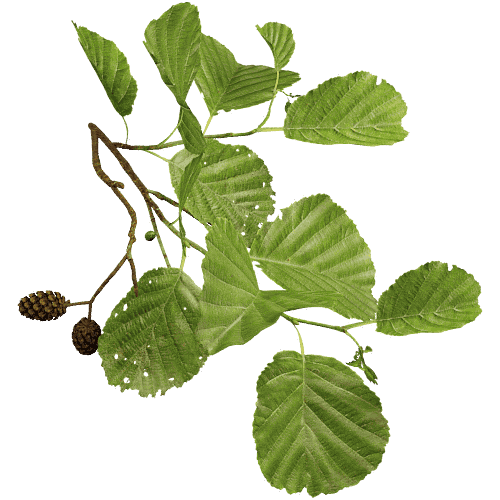
Black alder
Alnus glutinosa – Alder trees are often found on waterfronts. Its woody, pine cone like catkins adorn the tree all year round. When growing at the right place, an Alder can grow into a beautiful conical shape.
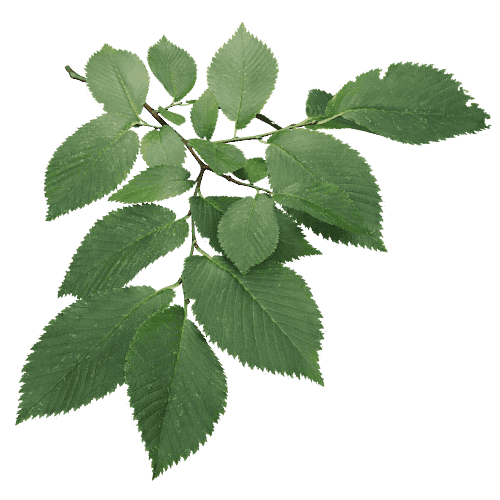
Field elm
Ulmus minor – Field elm trees once roamed free in many cities, until they were decimated by the Dutch elm disease. These beautiful trees grow in many shapes and characters.
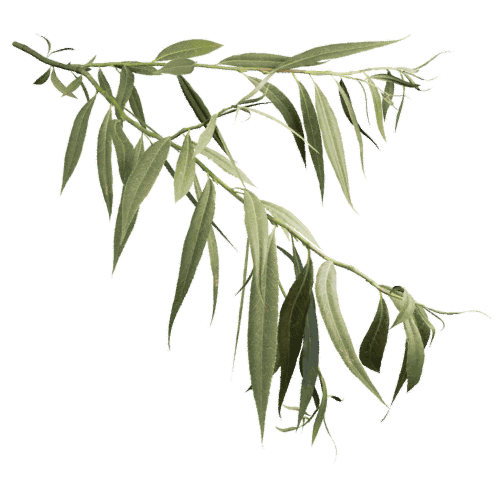
White willow
Salix alba – Willows love water and when they get it, they literally shoot out. Twigs easily grow more than 20 leaves long. Its leaves are covered with tiny hairs, shading the tree a whitish, pale green color.
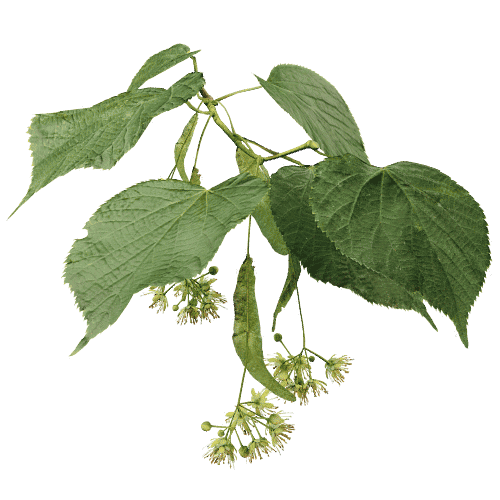
Common linden
Tilia ✕ europaea – linden trees are popular street trees, and they are also a favorite with bees, who love their abundant flowers.
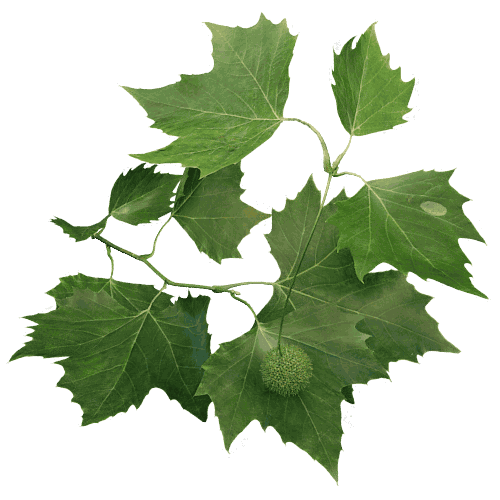
London plane
Platanus ✕ acerifolia – Londen plane trees line city streets all around the world. Its striking camouflage bark and deep green foliage make this tree stand out.
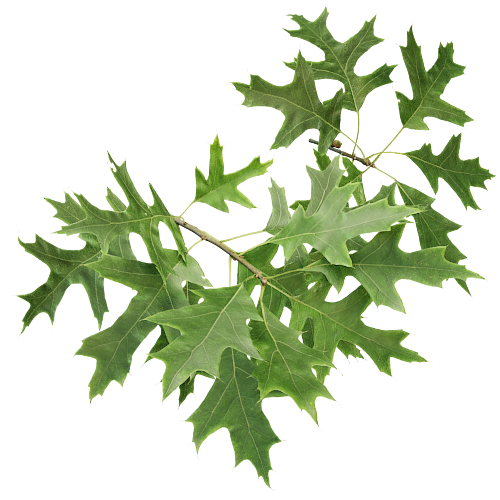
Pin oak
Quercus palustris – Pin oaks are fast growing, majestic trees often used in parks.
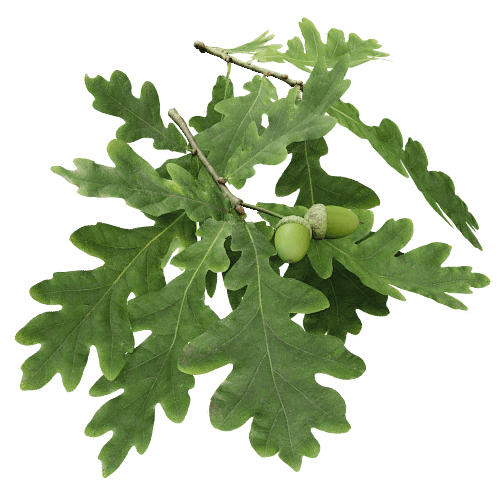
European oak
Quercus robur – Oaks are close relatives of beech trees, and both are strong forest trees that can grow very old and impressive in size. Willows, alders and many others don’t stand a chance against this king of the forest.
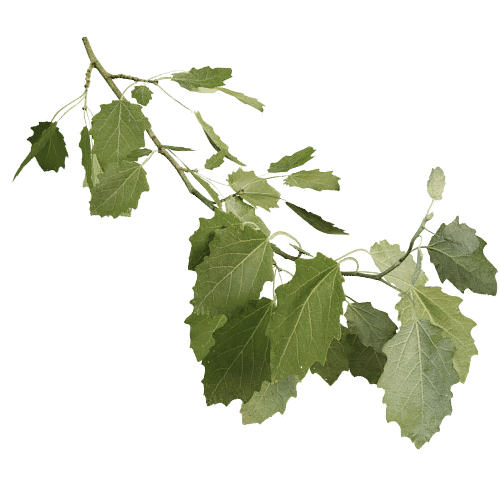
Grey poplar
Populus ✕ canescens – A cross of white poplar and quaking aspen. Its oddly shaped leaf stalks make its leaves clapper in the wind, producing an ambient sound like the lapping of waves on the beach. This is a big king of a tree with its thick, brightly colored main branches.
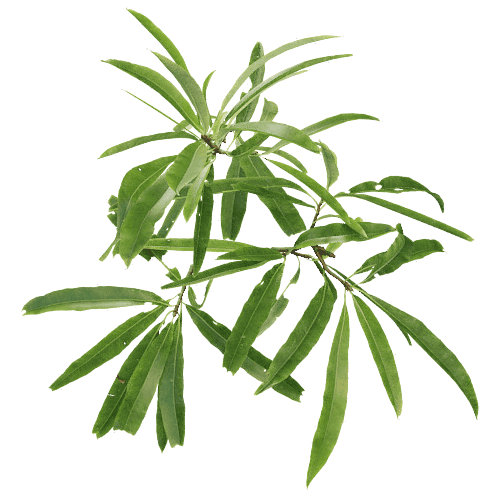
Willow oak
Quercus phellos – Although this is actually an oak tree, its leaves are almost identical to those of willow trees. It prefers the water rich environments of the South Eastern US.
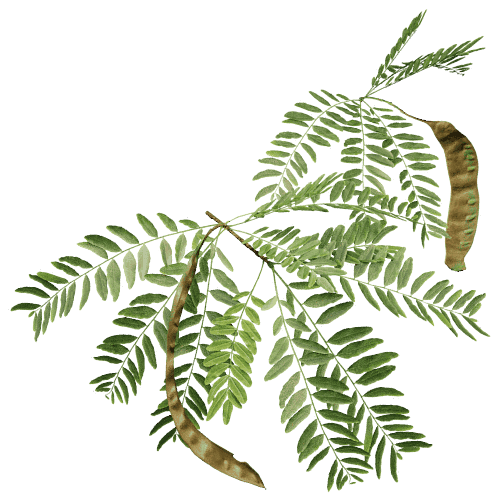
Honey locust
Gleditsia triacanthos – An attractive, airy tree with distinctive fruit pods dangling from their branches. Part of the pea family, these trees are basically enormous pea plants.
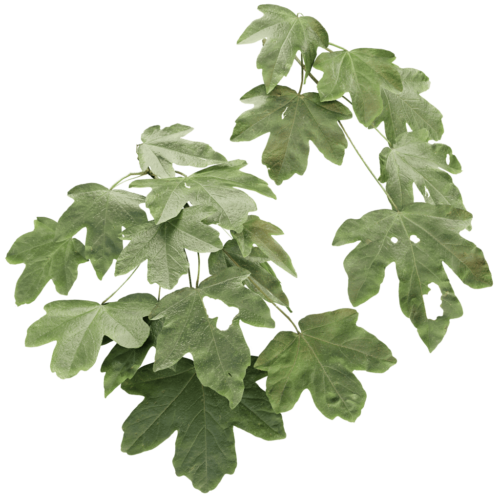
Field maple
Acer campestre – Field maples grow a sea of small and shiny leaves. Because of their dense growth, they are often used to create hedges. A full grown tree can have a beautifully dense character.
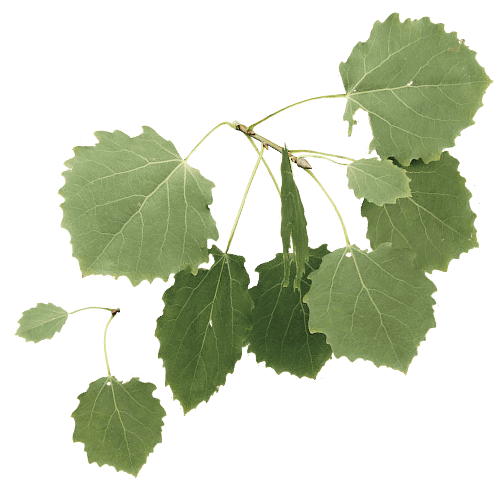
Aspen
Populus tremula – The leaf stalks of aspen are strangely flat, allowing them to twist freely in the wind. The clappering of its many leaves produces a sound very much like the sea.
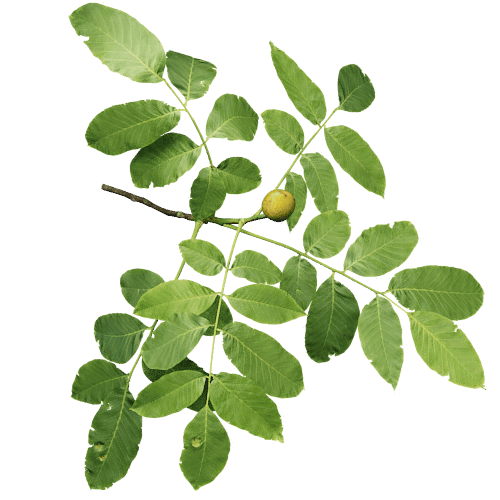
Walnut
Juglans regia – Walnut trees originated in the Kyrgystan region, where you can still find large walnut forests. The tree has since spread across Europe where it is loved for its delicious nuts.
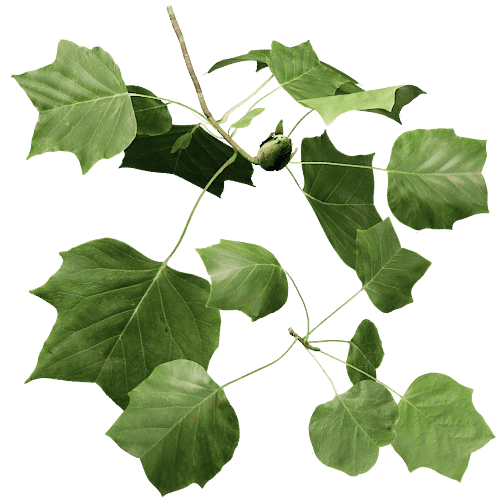
Tulip tree
Liriodendron tulipifera – despite its tropical appearance, this close relative of the magnolia endures harsh winters and prefers the climate of the American Northeast.
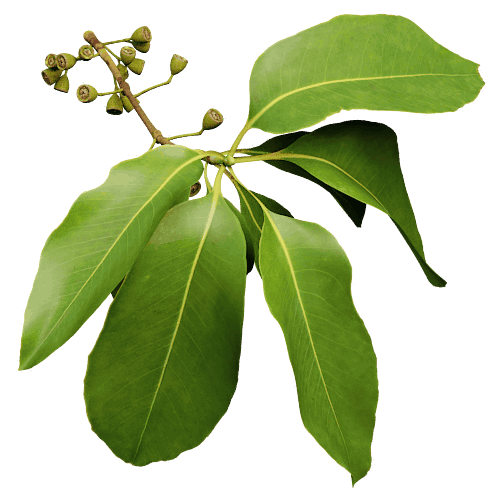
Brush box
Lophostemon confertus – Brush box is a lush green tree with its roots in Australia. There and in other parts of the world, it is often used as a street tree.
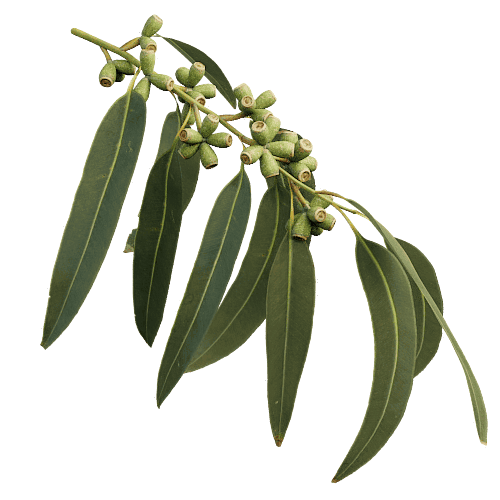
Manna gum
Eucalyptus viminalis – Manna gum. A koala favorite, with dark green leaves full of yummy sugar. The sturdy leaves are accompanied by attractive clusters of seed pods, typical of eucalyptus species.
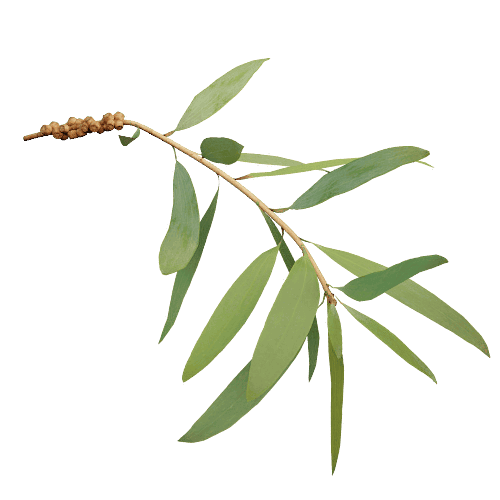
Bottlebrush
Melaleuca citrina – Bottlebrushes owe their name to their resemblance to the long brushes used to clean bottles, especially when they flower with long cylindrical clusters.
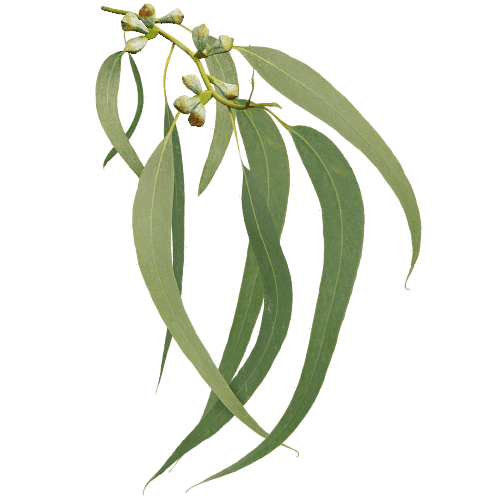
Blue gum
Eucalyptus globulus – Blue gum. A large, fast-growing tree. Originally from Australia, the tree is highly popular and has spread to California, Southern Europe and other areas with a similar climate.